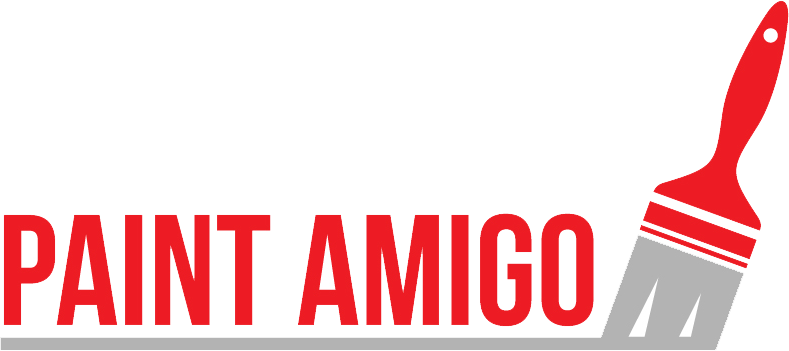Customer complaints are often preventable – if you understand the common causes. Learn how to reduce callbacks, maintain your reputation and boost productivity with a few best practices.
“I’m not happy with the work.”
They are the words no painting contractor ever wants to hear. They mean less attention to other jobs, a smaller profit margin and the potential loss of future business.
Callbacks can hurt a business’ reputation in several ways. First, referrals are adversely affected when homeowners talk with one another and share their unpleasant experiences. And when those same homeowners take their displeasure online and leave negative reviews online and on social media, the impact can be much more permanent. Finally, callbacks can also hurt a company’s productivity by inhibiting the ability of the team to move on to other projects.
The good news? Many customer complaints are preventable. Here’s a rundown of three key strategies for avoiding them.
3 Ways To Avoid Customer Complaints…
1. Educate the customer
Very often, customer satisfaction comes down to one very important factor: A contractor’s ability to manage customer expectations.
Education should start as early as the initial onsite visit. Managing a customer’s expectations is essential, especially when it comes to color variations, service parameters and ongoing maintenance.
And consumer education doesn’t stop after the last coat is applied. Make sure your clients understand their responsibilities for continued care after the job is completed.
On an exterior project, we’ll let a client know that the paint needs to be maintained by making sure sprinklers are properly adjusted, with gutters and downspouts in good operation so that water is adequately removed from painted surfaces. We also inform them to keep vegetation pruned back away from the substrate.
This kind of dialog does more than help prevent callbacks. It can also instill a trust factor with your customers that tells them you care about the lasting quality of your work, even after the job is complete. And that can have the fringe benefit of turning first-time customers into repeat clients.
2. Maintain clear communication – inside the office and out
Rarely is poor work the reason painters get called back to a job site. The most common reason is poor communication. Communication breakdowns between estimators and painters or between painters and customers can result in mistakes. Like applying an accent color to the wrong wall or painting trim the customer had wanted untouched. That can often mean lost productivity and bad customer reviews.
3. Re-scope the job when needed
When customers fail to understand the process or timeline, or ask their painting contractor to perform work outside their area of expertise – carpentry or electrical work, for example – professional painters can sometimes find themselves tasked with a job in which they’re less-than-comfortable. Painters may not have experience in carpentry, drywall finishing or electrical work, and therefore trying to perform work in these areas could end up worsening jobsite problems. Knowing when to call in a specialist, as well as rescope the job with the customer, is crucial to ensuring your work and reputation remain intact.
For companies that offer a variety of service lines, it makes sense for crew members to request assistance from others who specialize in that line of work when needed. Trusting your field staff and giving them the authority to call and ask for help if they feel uncomfortable taking on certain aspects of a project can reduce callbacks significantly, since certain contractors have more experience in certain areas than others.
For smaller companies or one-to two-person crews, it makes sense in such cases to simply recommend an outside contractor to tackle repairs that fall outside the scope of the painting job. This is especially true with exterior paint projects, where it’s not uncommon to run into damage like rotted wood. It may be the last thing small painting companies (or homeowners, for that matter) want to hear, but in the end, the customer will appreciate your honesty and have a better overall experience because of it.
Customer Complaints: Recap
In the end, customer complaints can cost a painting company dearly, both in reputation and production. It’s essential to take proactive steps to prevent them if you want to build a more profitable business.
So Amigos, do you have any other strategies to avoid callbacks? Share below…
Also, check out Paint Amigo’s book recommendation on customer service below (Amazon affiliate links)…
No products found.
P.S. Download my free eBook The Profitable Painter. Click here.





